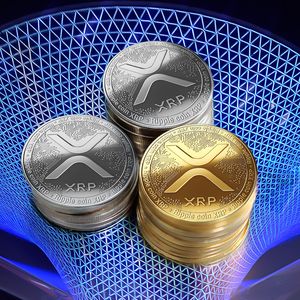The broader crypto ecosystem is anticipating the possibilities that will come with implementing the Pi Network in the real world. In the last couple of weeks, this blockchain project has gained notable traction, attracting crypto enthusiasts in large numbers. Five crucial facts have been listed for crypto investors to familiarise themselves with and make the most of this soon-to-launch protocol. What is the Core Mission of Pi Network Coin? Unlike Bitcoin (BTC), Ethereum (ETH), and other digital assets, which are Proof-of-Work (PoW) and Proof-of-Stake (PoS), the Pi Network has a unique model. Pi leverages a mobile app through an energy-efficient process to mine its Coin, which is based on the Stellar Consensus Protocol (SCP). Currently, Pi is designed to give anybody access to digital assets. This ideology has resonated with many people worldwide for almost a decade since its introduction. Mainnet is Hours Away After operating within a closed testnet for the last couple of years, Pi Network is taking the next step by migrating to an open mainnet. Before now, this mainnet launch has faced multiple delays, leading to long anticipation among its early adopters. Finally, the mainnet launch for the Pi Network Coin will be held on February 20, 2025, by 8 AM UTC. This will invariably propel Pi Coin closer to integration into the market. Users can then perform some operations, including trading Pi on supporting crypto trading platforms. Users could also utilize the coin to pay for merchandise in the Pi Network’s marketplace. The Importance of Know Your Customer Users who intend to participate in the open mainnet must complete the Know Your Customer (KYC) verification. However, there is a grace period for this KYC verification and the mainnet migration. It has been extended to February 28, 2025, based on community demand. Once a user passes KYC, they can transfer mined Pi coins to the mainnet and commence transactions. So far, Pi Network has successfully migrated up to 10 million accounts to the Mainnet. Failure to complete KYC is likely to lead to certain limitations. Users may not be allowed to complete external transfers of Pi tokens or their participation may be restricted in the broader ecosystem. Most Aggressive Community and Adoption Level Ultimately, Pi Coin’s success story will not be complete until it records tangible adoption and usability in the real world. The team behind the network is already working to build a hub where users can spend Pi on goods, services, and applications. As it stands, 20 mainnet apps that offer various services within the Pi ecosystem have gone live. The demand and value of Pi Network are expected to grow stronger with its integration into more businesses and applications. The much-anticipated open mainnet launch underscores its gradual push toward mainstream adoption. Pi Network Coin and Major Exchange Listings As the open mainnet launch draws closer, Pi Network Coin is poised to go live on more crypto exchanges. Among the trading platforms that have listed Pi is MEXC Exchange . The exchange has revealed its plan to launch PI on its platform for pre-market trading. With the Binance community voting on the decision to list the token, HTX, Gate.io, and Bitget have already announced that they will list the Pi Coin on Feb 20. Data on Binance’s poll shows that over 88% of participants support the listing of Pi Coin. Participants still have until February 27 to cast their votes. The post Pi Network Coin: Here Are 5 Key Facts You Need to Know appeared first on CoinGape .


















